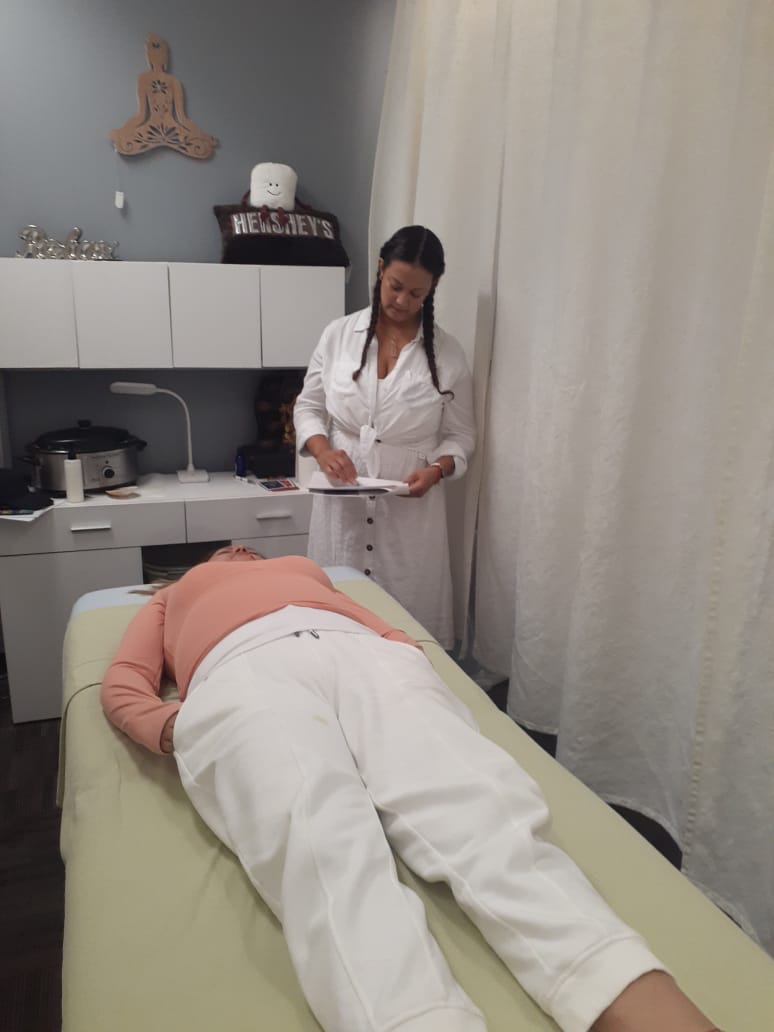CONNECTION BOX
Introspective Therapy (HYPNOSIS) Method: AURELIO MEJIA
Introspective Therapy (HYPNOSIS) Method: AURELIO MEJIA
Couldn't load pickup availability
Aurelio Mejia's Introspective Hypnosis is a method that combines hypnosis with forgiveness and spirituality dynamics to achieve behavioral changes and relief in the patient. It is used as a tool in the healing of phobias, fears, sadness, anxiety, anorexia, bulimia, low self-esteem, complexes, migraines, obesity, obsessions, allergies and addictions.
Hypnosis is a state of concentrated attention and heightened receptivity, where people are more receptive to suggestions and changes. Contrary to popular belief, hypnosis does not involve loss of consciousness or control. It is similar to a dream state or drowsiness where consciousness is preserved, sounds can be perceived, eyes can be opened and movements can be made. The person decides what to say and can exit the hypnotic state at any time.
In the health field, as in other areas, there is no single treatment or medication that can solve all the problems that affect human beings. The effectiveness of hypnosis therapy varies depending on the purpose for which it is used and the skill of the therapist. Hypnosis has been shown to be effective in quitting habits such as smoking and other addictions, reducing stress and anxiety, treating phobias and fears, as well as improving self-esteem and self-control. However, it is not an effective treatment for serious mental problems such as psychosis or personality disorders.
Since hypnosis is a psychological procedure, results can vary considerably from one person to another. Motivation and active participation of the patient are essential. Some people are more susceptible to hypnosis than others.
Usually, a single hypnosis session is enough for the person to achieve changes in some aspects that they wish to improve. Occasionally, in some cases, another session is required to reinforce or address something that the person did not initially mention.
In summary, hypnosis can be an effective and complementary therapy to address a variety of health problems, provided it is used for an appropriate purpose, under the guidance of a trained therapist, and with the active participation of the patient. However, it has its limitations and should not be considered a replacement for conventional medical care.
***duration 2 hours***
Share







